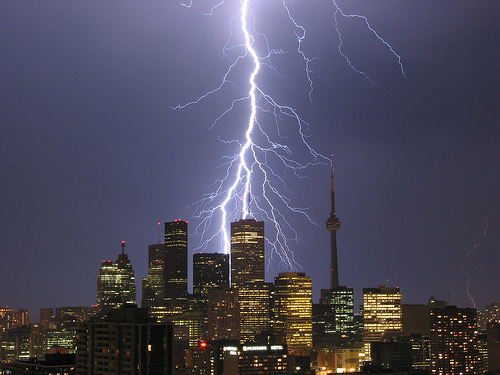

We suggest somewhere between the 15-25 mile range for these proximity rings. This is because you can set alerts for different distances. We recommend somewhere within a 10-mile range, depending on how long it takes people to clear your area.īut, you can also use lightning proximity alerts to prepare for potential disruptions and monitor storms that are approaching your area. For this, you would set proximity alerts with smaller radii. There are actually a few different times to use lightning proximity alerts.įirstly, you can use them as a trigger for people to take immediate action. When Do I Use Lightning Proximity Alerts?

This signals when different groups should take their own respective safety actions. This alerting method is extremely well-rounded as it allows for users to set up custom alerts to specific groups within your organization depending on different lightning distances. Lightning proximity alerts:Custom, automatic lightning distance alerts delivered via text, email, or mobile application. The second type of alerts in this guide are lightning proximity alerts. Ideally, you can use Dangerous Thunderstorm Alerts as an internal heads-up while using the horn and strobe system as wide-spread alert for everyone as storms near an unsafe distance. They pair well with other alerting types that alert on closer storms and imminent danger, lightning proximity alerts and horn and strobe systems.

Since DTAs are triggered when lightning flash rates reach a certain threshold, they are typically used by organizations to monitor storms and make preparations to take action.īecause of this, they work extremely well as a first warning for thunderstorms and lightning. The polygon opens up towards the direction the storm cell is moving.ĭo DTAs Pair Well With Other Alerting Types? These alerts can come through via email, or users can visualize them on our weather map or Sferic Mobile application.ĭTAs look like purple polygons on Sferic Maps and Mobile. When our network detects a high frequency of lightning strikes, it automatically generates DTAs. DTAs show incoming storms are very severe and include other dangerous conditions like hail, high wind gusts, and even the potential for flash flooding or tornadoes. While all lightning is dangerous to people and equipment outdoors, DTAs warn that more than lightning could be on the way. This is because they know severe thunderstorms are on the way up to 45-minutes before dangerous conditions reach their location. DTAs contain a lot of details about nearby severe storm cells, including:įlashes Per Minute (Total, In-Cloud, and Cloud-to-Ground)įlash Change (Total, In-Cloud, and Cloud-to-Ground)Ĭustomers who use DTAs have greater situational awareness. When Do I Use DTAs?ĭangerous Thunderstorm Alerts are perfect for monitoring storms ahead of time.
#THUNDER IN THE VICINITY MEANING FOR FREE#
In fact, our 2019 Mid-Year Lightning Report showed that just 17.1% of all pulses over the United States were cloud-to-ground.ĭTAs provide critical storm information 50% faster than other alerts, including those typically delivered for free to mobile phones.ĭTAs are exclusive to Earth Networks, meaning you can’t find them anywhere else. It’s important to use lightning alerts that rely on total lightning detection rather than just cloud-to-ground strikes because cloud-to-ground strikes barely make up 20% of all lightning discharges. Total lightning: The combination of dangerous cloud-to-ground lightning strikes and in-cloud lightning strikes. The first alert we’ll cover are Dangerous Thunderstorm Alerts (DTAs).ĭTAs: Automatic severe weather alerts powered by the Earth Networks Total Lightning Network.
#THUNDER IN THE VICINITY MEANING PLUS#
Need to compare lightning alerting methods quickly? Click on the three red plus signs on the image below to learn about each method. The Bottom Line 👇 Keep Scrolling to Start Reading!👇 In this alerting guide, we’ll cover the similarities and differences between Dangerous Thunderstorm Alerts, lightning proximity alerts, and lightning horns and explore which you should use. Why do you need different types? What do different types do? Do they work together? You might even use these alerts at your organization already.īut lightning alerts can be a little confusing.

By this point, you probably know you need lightning alerts.


 0 kommentar(er)
0 kommentar(er)
